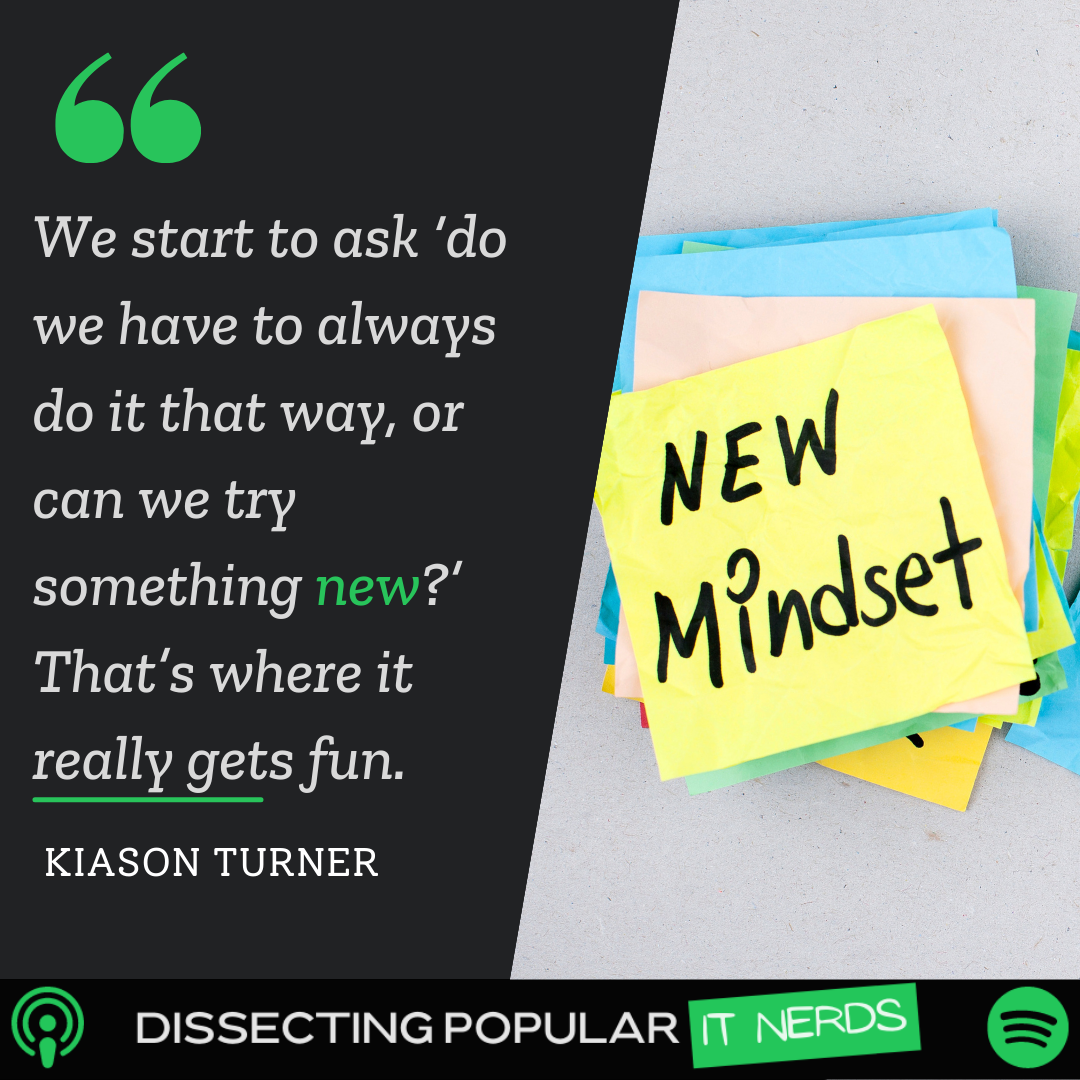[0:36] What’s it like being IT Director of the whole city?
It’s a whole lot of fun so far. I’ve only been in the role just over a month.
[0:57] Before this you were assistant to the IT director, so it must have prepared you somewhat?
Now I get to hold all the responsibility and the pressure of that is interesting.
[02:03] What is the pressure like? What causes it?
One of the challenges for me is not disappointing the citizens. Working in government is public facing and serving, and I want to ensure the infrastructure is in place so that all departments can do that.
[03:15] What aspects of city-wide IT am I missing?
For myself and my team, we focus on how we are making an impact for the community. We look at the ripple effect. And while I mentioned pressure, I think it’s a healthy pressure.
[05:45] I’ve been dealing with a lot of permit applications myself recently and I can imagine if a system like that went down, you’d have a lot of angry people.
We’re in the process of changing out our permit system. The systems that help citizens get involved and interact with the city are what we deal in.
[07:10] How do you communicate the worth of IT to all your contact points, the city, the end user, and the public?
You need to be connected with your team. We haven’t perfected communicating with the organization yet. It’s not IT versus the organization, it’s IT and the organization. It can be as simple as going for a meal together or asking for a seat at the table when planning projects. We need to be more of a partner in the process.
[11:42] How does the budgeting process work?
I’ve seen a lot of organizations where departments have their own budgets and within that, they have a tiny allotment for IT. Here, my predecessor did a lot of work, and we are able to take our case to the table and explain what we need not just for IT but for other departments.
[15:20] What are some of the difficult things you’ve run into? It doesn’t have to be from your current position.
I can’t think of anything too dramatic. In government, you try not to be on the front page. One of the organizations we work with had a water leak. One of our network guys went in and they were complaining that their network wasn’t working. Turns out water was running through everything and shorting it out. Weather can cause quick adaptation.
[17:55] When it comes to budgeting, is there anything that just you guys need or is it all related to other departments?
Yes, things like service desk, user portal, or more VPN licenses. A lot of resources that we use that end users may not see or interact with. Having dark fiber and connectivity between buildings, etc.
[22:08] How many people do you have on your team?
Ten. The city has 400 employees.
[23:00] How is your team structured?
All ten report to me; they aren’t all user facing. A few are on our Geographic Information Systems team. Things like locating and mapping resources. We have the network team working on Wi-Fi, firewalls, and network configuration. There are also security members dealing with compliance, and the end user facing service desk. There’s also the enterprise facing analyst team that look at improving project management etc.
[26:10] What area of the business side of things are most IT Directors not comfortable with?
We know the technology side of things and there is a temptation when you get dropped into a leadership or director role just to focus on that side of things. I think a technology person looking to move up needs to look at the business side of things and where they can help or optimize things by working alongside other departments. Sometimes the answer isn’t always technology, especially when it comes to cost.
[32:10] If you knew who the number one IT director/CTO/CIO was in the world was, what one question would you ask them?
What have you found to be your best resource? Resources are everything, not just for you but for your team.



